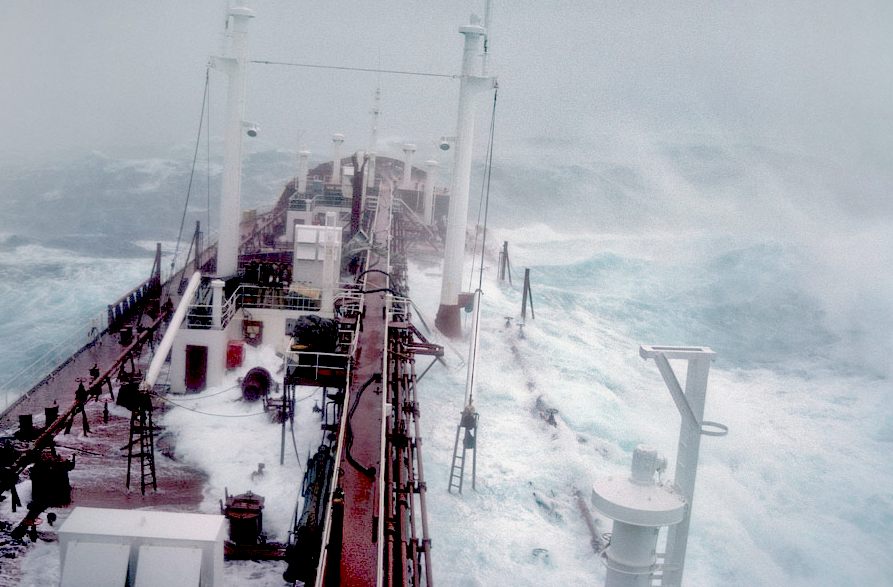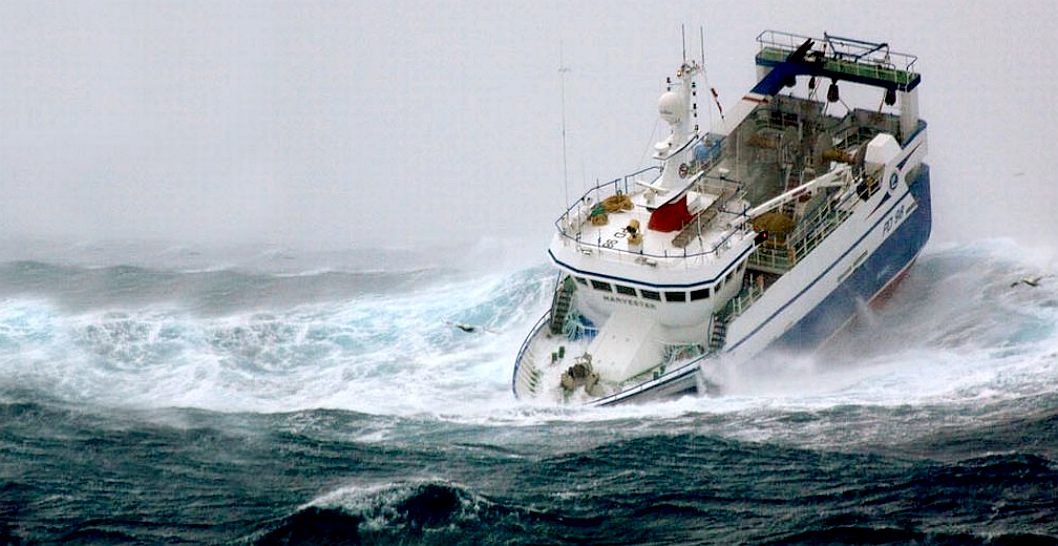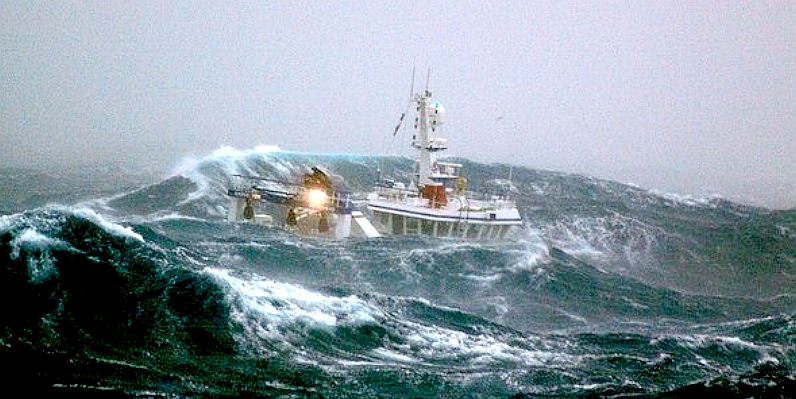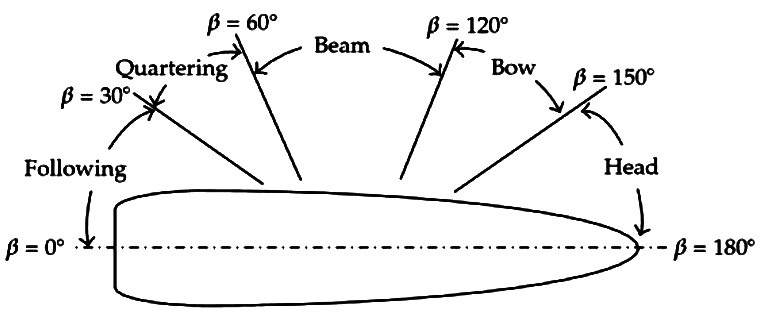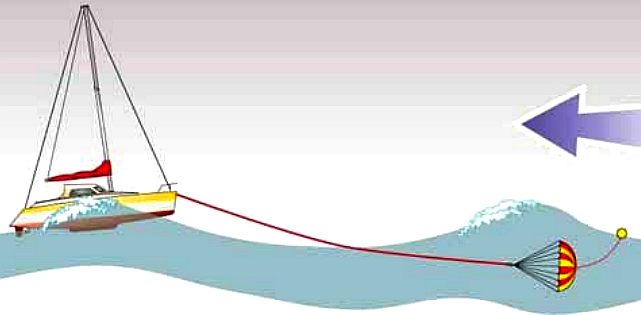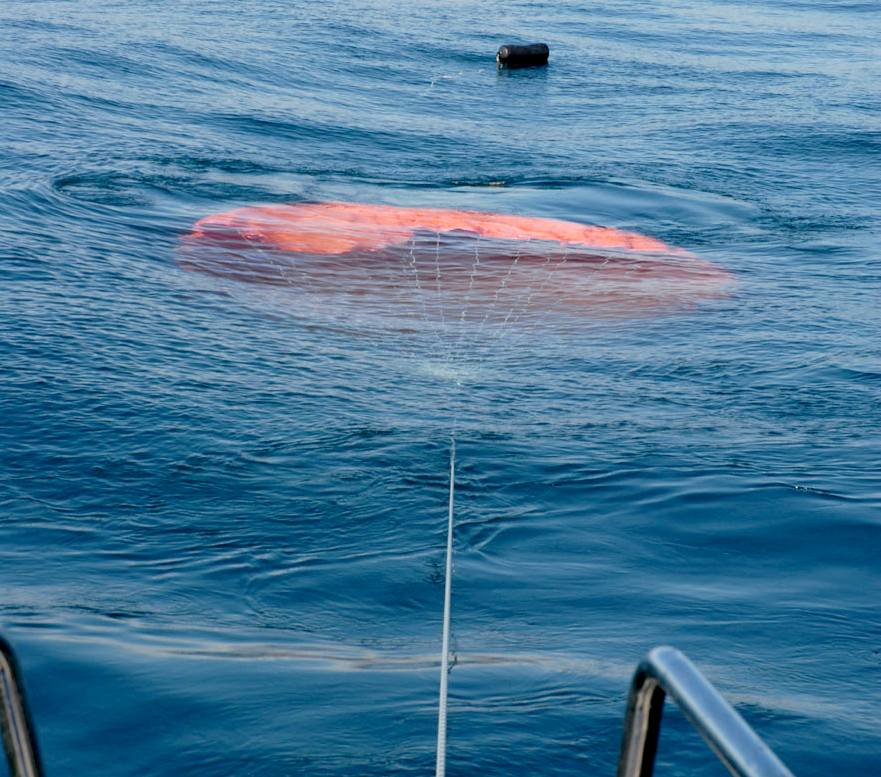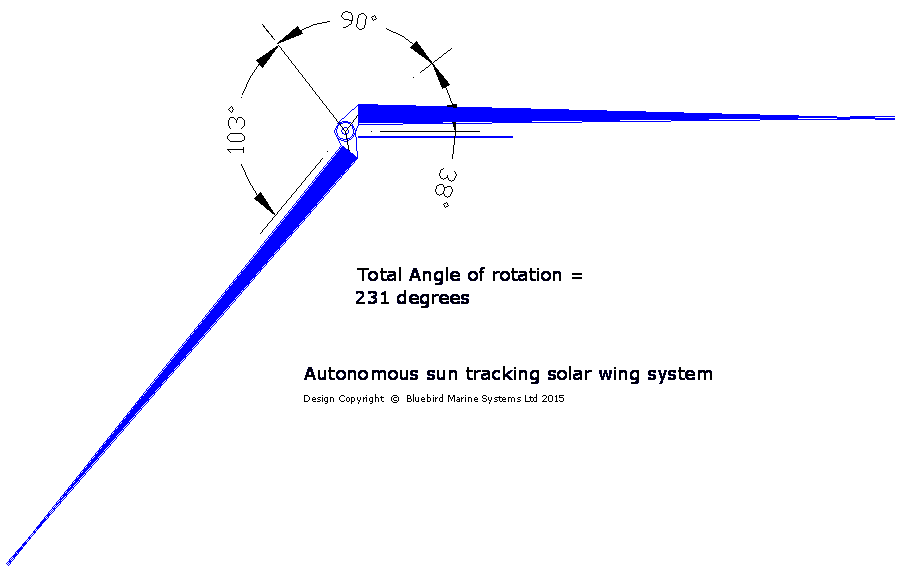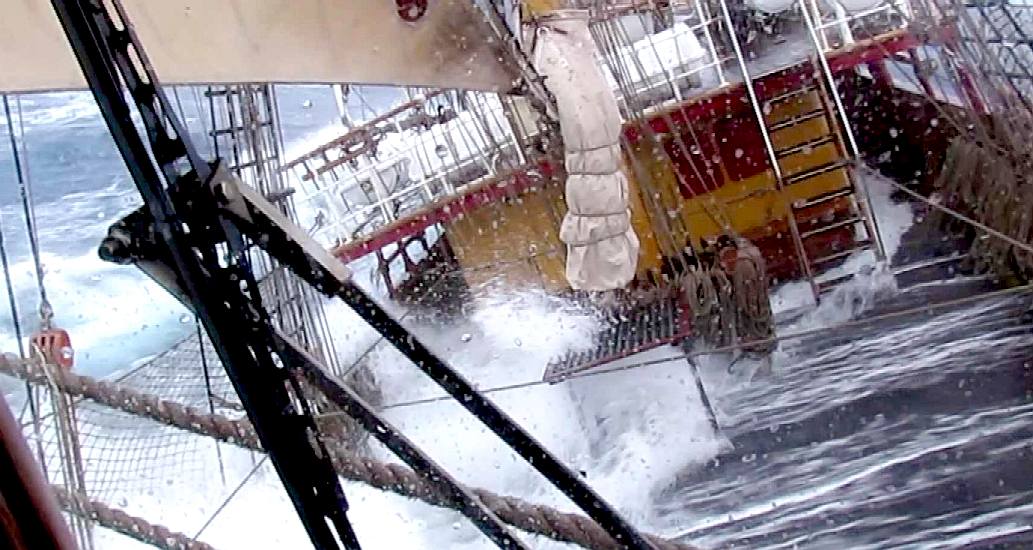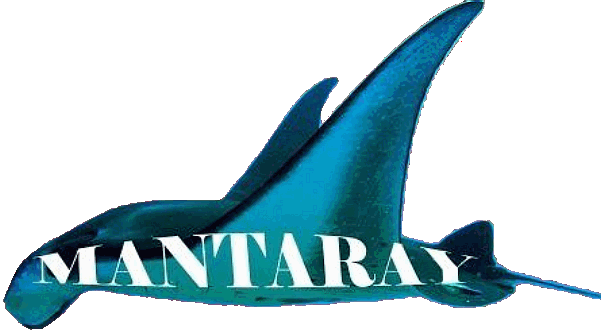|
SEAVAX™ - STORM PROTECTION
|
||
|
BATTEN DOWN THE HATCHES - Storms at sea are harrowing experiences. Towering walls of water and powerful winds slam into ships. A major storm can batter even the sturdiest vessels. They're an unavoidable part of life on the water. Captains can't dodge every storm. Most modern cargo ships are designed to tough out all but the heaviest weather and stay on schedule, but hurricanes are the largest and among the most dangerous storms on the ocean, and no operator wants to find their ships in the midst of one. That said, shipping companies cope rather well to keep us supplied with goods from all over the world. If at all possible avoid a storm area. In the picture above the ship can change course it it really must keep going, or, if a SeaVax, it can stay still or even retrace its passage, until a storm has passed.
We have conducted tests on various model hulls, including the equivalent of a complete engulfing in what would be a beam on rogue wave, and the models have always bobbed back to the surface. A full size boat or ship would act in exactly the same way, provided that the hull is strong enough to withstand the battering.
Our designers know the Achilles Heel of SeaVax is the energy harvesting equipment, being:
A. moveable solar wings and B. wind turbines.
If you have a weakness, you should concentrate your efforts on making those parts of any design fit for purpose. Wind turbines are now a regular feature of offshore electricity generation. They are like super tall light houses, built to withstand anything the sea can throw at them. Our twin turbines are on a boom and the boom is on a mast that moves up and down. When fully raised the forces on what would be the mast, are acceptable in strong winds, but risky in storm force winds. The simple solution is to lower the mast to reduce the stresses - and to stop the turbine blades from revolving - which also has the effect of reducing stresses to acceptable levels.
We are using 5083 marine alloy, rather than fancy high strength laminates. Aluminium is tough and can withstand impacts and knocks that might sheer GRP or carbon fiber as has happened many times with racing yachts. Steel is also tough, but weighs a lot more for the same strength. Stressing, the process by which the thickness of metal sections is calculated, will be to a factor of 3. Meaning that we are building in a higher safety factor, with the hull in theory 3 times stronger than it needs to be. The reason for this is that a hull that can withstand a lot more stress than is required, has a longer service life without fatigue.
HEAD INTO THE WAVES - This ship is heading into the oncoming waves to limit potential hull damage. If side on the ship could be rolled. A ship this size is unlikely to be able to survive a capsize, but the captain knows this and keeps an eye on conditions to avoid putting his ship at risk. SeaVax does exactly the same thing - robotically.
HOW DOES A ROBOT SHIP COPE WITH STORMY WEATHER ?
There are a number of ways of limiting storm damage:
1. Constantly monitor weather reports and real weather conditions locally. 2. Lowering and then furling the wind turbines. 3. Folding the solar wing panels over one another and locking in place. 4. Flooding hull compartments to put the ship lower into the water to form sea anchors. 5. Maintaining steerage. 6. Verifying design objectives by tank and open water testing.
NECESSITY IS THE MOTHER OF INVENTION - Where open water tests have been encouraging, the team have decided to verify their initial appraisal of SeaVax handling characteristics by building a specially tailored water tank that is convenient to the SeaVax robotic lab. Progress is time lapse filmed, as this is likely to be one of the quickest test tank builds ever. The above video was filmed on Good Friday 25th March 2016.
OUR BUBBLE HULL
SeaVax will be the first (small) ship in the world to use a "Bubble-Hull." What then is a 'bubble-hull'?
A bubble-hull is a hull that has compartments that are double sealed to trap air for buoyancy just like a bubble with a skin. Bubbles always head to the surface of water. The flotation capacity of these compartments is calculated to provide floatation when the metal (or composite) hull of a ship is holed by accident, even when carrying a full load. We cannot tell you how these compartments stay sealed, in this case even when the outer skin of the vessel is ruptured. This is because of patent laws that prevent advance publication of innovative solutions. But that is the system we believe is needed with a fleet of ocean cleaning robots that represent a lot of money that has been freely given by the public (after the government have taxed their earnings) along with other private investment, as opposed government contributions of which there has been none.
Other systems for keeping boats afloat in awash conditions include foam filled compartments and in the case of submarines, watertight bulkheads. Of course this adds to the cost of a vessel and for that reason, many boats do not have any kind of emergency floatation.
FOLLOWING SEA - This is something to avoid. Always try to maintain steerage and head into the sea. The stern of a boat presents a larger surface area and more of a slab to push against. The bows of a boat can handle waves much better.
LESS WIND-AGE - A boat hidden from the wind, or low in the water is much safer. Unfortunately for this fishing vessel, it is only temporary. SeaVax can control what the wind sees by flooding tanks to form temporary sea anchors. A robot thinks logically and would not brave harsh conditions, where humans quite often ignore dangers in the heat of the moment.
SEA ANCHORS
Because of the 'bubble-hull' design, a SeaVax can flood special chambers to increase mass and present a lower wind area. The advantages are twofold. Firstly, the wind has a much heavier boat to push against, and secondly, it has a smaller area against which to act. The flooded sections tend to anchor that end of the vessel so that the wind act to keep the ship facing into the wind and waves. Such an action would be a rarity, but with a fleet of SeaVax ships at sea, such as with SeaNet, the odds favour building in a failsafe.
BOAT ANGLES - A diagram of the hull of a ship giving the angles in relation to waves, as may be experienced during any voyage. A beam sea is side on to the hull.
Conventional ships cannot flood their hulls with seawater. The only vessel that can routinely do this is a submarine. SeaVax can flood hulls with relative safety, because of the hulls that are sealed and which prevent sinking. Buoyancy is a simple concept. So long as a vessel weighs less than the seawater it displaces, it remains afloat. Archimedes was the first person to get excited about the relative density of water, compared to other materials.
When the foul weather subsides, the SeaVax knows it is safe to pump out the ballast tanks and resume normal operations.
SEA ANCHORS - A traditional sea anchor (also known as a drift anchor, drift sock, para-anchor or boat brake) is a device used to stabilize a boat in heavy weather. Rather than tethering the boat to the seabed, the sea anchor increases the drag through the water and thus acts as a brake. When attached to the stern of a vessel, a sea anchor can prevent the vessel from turning broadside to the waves and being overwhelmed by them. Often similar in design to the sea anchor is the usually smaller drogue, which is attached to the stern and intended to slow the boat for better control. We will be conducting a series of experiments to test SeaVax storm handling features in our own test tank.
LONG TERM WEATHER REPORTS
SeaVax carries weather sensing equipment of its own, and receives conventional weather warnings. Fleet operations on land will also be looking at the long term weather warnings to plan operations as safely as they can reasonably predict.
With onboard wind speed and wave measuring apparatus, a SeaVax is programmed to do certain things when nature decides to turn nasty. With a conventional sailing boat, one would drop the sails and head into the waves, having closed all the hatch and window openings. Typically, most sailing boats survive high winds and rogue waves, even after capsize. A motor vessel has no sails to furl, so would simply head into the oncoming waves to present the smallest possible frontal area to the seas they are slamming into. A worst case scenario is finding oneself beam onto the waves, or with a following sea that can force a boat to race downhill and plunge into the hollow with considerable force.
FOLDING WINGS - By folding its wings over a central deck area, the large panel area that would normally present a problem in high winds is cut to a minimum - virtually eliminated.
WING FOLDING
Planning ahead is the art of looking at possible scenarios and designing in features to overcome extreme conditions. The sea is a hostile place for a land animal. Fish and marine mammals have adapted to cope with storms. They are already in the water like a sea anchor and probably wonder what all the fuss is about.
The ability to fold one wing over another across a central deck, is a major design advance for solar powered ships. When locked in the folded position, the area presented to the wind is the same as the deck side area. The deck in this case is 1.22 meters or 4 feet high, rather than a hull from the water to the top of the deck of 4.3 meters, or 14 feet. That is a significant reduction in hull side area, as presented to the wind. Aircraft carriers carry planes with wings folded and unfolded through the harshest of weathers at sea. This is something to remember when our wings are constructed like aircraft wings to keep them light and strong.
BOOM RAISING & LOWERING - This is not the SeaVax, but a zero carbon high speed hull design of ours using the same wind turbine boom and mast system. On the left the boom is raising into the wind so generates more electricity. On the right, the boom is lowered to reduce heeling, etc., from higher wind speeds. We do not show the furled condition for legal reasons. Otherwise they may not grant us a patent in due course.
WIND TURBINE FURLING
You can see that the wind turbines are mounted on a boom and that the boom can be raised and lowered. We need to raise the boom in fine weather to get the most out of the airstreams that are faster higher up. That is why the "tall ships" were tall, to get the sails high into the airflow.
What we cannot tell you is how we furl the turbines to stop them revolving in storm conditions. We have conducted a number of tests at 1/20th scale and noted that in very high winds, it is possible to stop the blades of our proof of concept model from spinning. Once again, it is patent law that prevents us explaining just how this is done.
These above safety features, coupled with the wide track of a trimaran, give SeaVax a better than average chance of surviving a hurricane. Robotic vigilance is a great advantage, where computers don't get sea-sick or thrown about the decks and injure themselves. The computing devices that control vital functions are solid state. There are no spinning hard drives to crash and there are backup circuits.
ALL AT SEA - Ships are designed to have waves crashing over their decks. It is an everyday occurrence that has to be expected. Anything in the ocean will get a severe battering. Humans in the operational chain of a ship is the variable that often causes problems.
LINKS & REFERENCE
ACIDIFICATION - ADRIATIC - ARCTIC - ATLANTIC - BALTIC - BAY BENGAL - BERING - CARIBBEAN - CORAL - EAST CHINA ENGLISH CH - GOC - GULF GUINEA - GULF MEXICO - INDIAN - IRC - MEDITERRANEAN - NORTH SEA - PACIFIC - PERSIAN GULF - SEA JAPAN STH
CHINA - PLASTIC
- PLANKTON - PLASTIC
OCEANS - SEA
LEVEL RISE - UNCLOS
- UNEP
WOC
- WWF
AMAZON - BURIGANGA - CITARUM - CONGO - CUYAHOGA - GANGES - IRTYSH - JORDAN - LENA - MANTANZA-RIACHUELO MARILAO
- MEKONG - MISSISSIPPI - NIGER - NILE - PARANA - PASIG - SARNO - THAMES
- YANGTZE - YAMUNA - YELLOW
Youtube - Perfect Storm
|
||
|
This website is Copyright © 2016 Bluebird Marine Systems Ltd. The names Bluebird™, Bluefish™, MantaRay™, Miss Ocean™, RiverVax™, SeaNet™, SeaVax™ and the manta ray fish logo are trademarks. CONTACT US The color blue is a protected feature of the trade marks.
|

